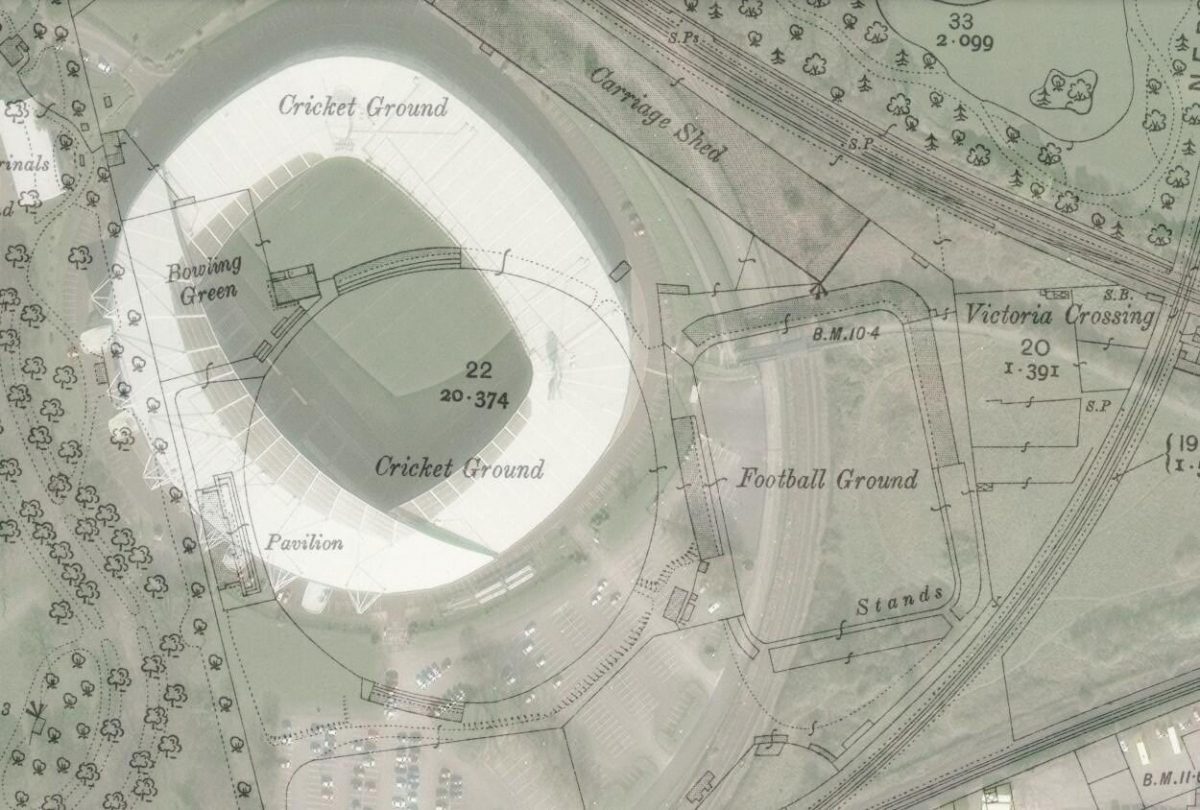Most of Hull City’s hardened long service supporters would gladly admit to having attended the club’s old ground at Boothferry Park, a mile further out of the city centre from the MKM Stadium, and set back off the Boothferry Road.
Fer Ark as it was colloquially known, was the dream football stadium created by Harold Needler who was the chairman of Hovingham Gravels. The construction of a ground that would one day hold 55,019 spectators for a Quarter-Final F.A. Cup tie versus Manchester United was started prior to the outbreak of WW2 and was eventually opened in 1946 to host the visit of Lincoln City in the Football League’s 3rd Division North.
As today’s supporters, of a club that has experienced five seasons in the promised land of the Premier League and has aspirations to regain its status in the World’s most popular football competition, traipse along the walkway from Argyle Street to the Superstadium currently sponsored by MKM Building Supplies, the UK’s largest independent builders merchant, few will realise that their journey will take them past where the Hull City Association Football Club called it’s home for some 40 years.
On the 24th June 1904, the Hull Daily Mail carried a report of the previous evening’s AGM of the East Riding of Yorkshire Football Association. The event was held at the Manchester Hotel in George Street, Hull. The article was headed ASSOCIATION GAME
Annual meeting of E.R.Y.F.A.
The Hopes of a Second League Team.
As late as the 8th August the club was still uncertain where it would be playing its home games as the search for a suitable venue was proving difficult. A three year lease of the Boulevard was negotiated with the Hull Rugby Club on the basis that the football fixtures would be played when the rugby club was playing away from its home. The fact that Hull City’s home matches would clash with East Hull’s rugby club didn’t seem to enter into the discussion. The Hull Rugby Club had taken care that they were not the club to suffer from the counter attraction of ‘Class’ football, as it was known, however much Kingston Rovers might be affected.
City’s directors arranged friendly matches against many of the big clubs who would send their full first team. The popularity of Association Football concerned the Northern Union, the administrators of the Rugby Football League, which eventually instructed the Hull Rugby Club to deny access to the Boulevard for Hull City’s scheduled match versus Manchester City, the holders of the F.A. Cup by insisting that the ground be closed for the remainder of the season.
Not to be thwarted, City’s directors turned to the Anlaby Road Cricket Ground of the Hull Town Cricket Club to set up a pitch on the outfield of the cricket circle. The success of the venue lead to the club announcing it would be playing all its following season’s fixtures at the venue and intended paying off the final year of the Hull and East Riding Rugby Club’s rental agreement with the rugby club moving to a location at Dairycoates.
For the season 1906/7 a new ground was laid out on a plot of land next to the cricket circle formerly used as the North East Railway cricket ground. Thus was the new Anlaby Road Ground established in time for City’s first season in the Second League.
At the declaration of War in 1939 football was put on the back burner and little activity took place at Anlaby Road apart from Hitler’s intervention on the spectator’s stands!
What the Second World War failed to achieve, British Railways, the owner of the land, managed to complete. The nationalised railway company decided it wanted to reduce the number of level crossing in Hull by closing the Newington Line between Hessle Road and the Cottingham South Junction by creating an excursion service loop between the Doncaster/Selby and Scarborough lines, which effectively carved a swathe through the playing surface and put an end to the ground being used for football activity.
Since Hull City’s move to Boothferry Park, Anlaby Road had been utilised as a training facility and for hosting City’s A team and junior team fixtures.
The new railway route was created in 1965 and since then Mother Nature over the past 58 years has continued to hide what remains of Hull City’s original home. Chris Smith, an inaugural board member of the Hull City Supporters’ Trust, mooted the idea of unearthing and conserving the structure and the Anlaby Road Tribute project was up and running. It lay dormant for some nine years but following Chris’ co-option back on the board progress is beginning to be made.
The Supporters’ Trust is inviting supporters and guest to join them in the “Hall of Fame” as it launches the Heritage Project with Hull City’s LEGENDS!
Burnsy will host three of Hull City’s “Hall of Fame” Legends will be the Trust’s principal guests in the Kingston Suite at the MKM Stadium on the evening of Friday, February 9th when the Anlaby Road Tribute heritage project will be officially launched with more details being revealed. Tickets are available on the Eventbrite platform. Click Hull and then HCST. The ticket will include a choice of the MKM’s award winning Championship Street Food. The evening’s entertainment will conclude with an auction of Hull City memorabilia under the hammer of ex-Tiger John Hawley.
Chris Smith
Director Hull City Supporters’ Trust
